Aiguille d'Entrèves traverse
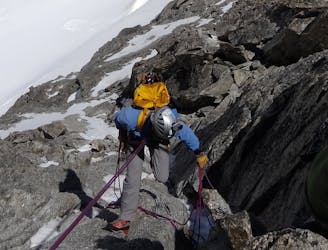
An amazingly exposed rocky ridge, but never too hard, with incredible views
Difficult Alpine Climbing
- Distance
- 5.3 km
- Ascent
- 483 m
- Descent
- 483 m

A megaclassic rite of passage for the budding N Face alpinist.
Alpine Climbing Severe

From Helbronner follow the same route as for Traverse of the Entrèves, until you are at the lowest point, under the Aiguille de Toule. From here contour, rather than go up on the main track, heading under the odd zone of crevasses and seracs, until you can head diagonally up L to the base of the Tour Ronde N Face. The crossing point of the rimaye varies year to year, sometimes on the L, leading to a long diagonal up and R, or more ideally on the R side of the face. The lower slopes are relatively easy, so in good conditions you can simply climb the neve. In leaner conditions you may wish to dig down through the snow ice, to get to the older ice underneath, for ice screw protection. You are aiming for “the narrows” on the R side of the N face, which splits the rocky buttress above. Take the line of least resistance of the couloir. In general, it is 45 to 50 degrees, with the odd short steeper section. Rock belays and runners are often available, though the climbing itself is predominantly snow and ice. Above here the angle relents slightly, though it feels a long way to the ridge above, particularly if you are unacclimatised. Follow the easy ridge above, including a short down climb, before a final mixed step leads to the summit Madonna. The panoramic view of the S side of Mt Blanc and down to Courmayeur is mesmerising. If this is your first route of this standard you will grinning from ear to ear. The descent is separately described as Tour Ronde Normal Route. It usually presents minimal difficulty, unless very dry.
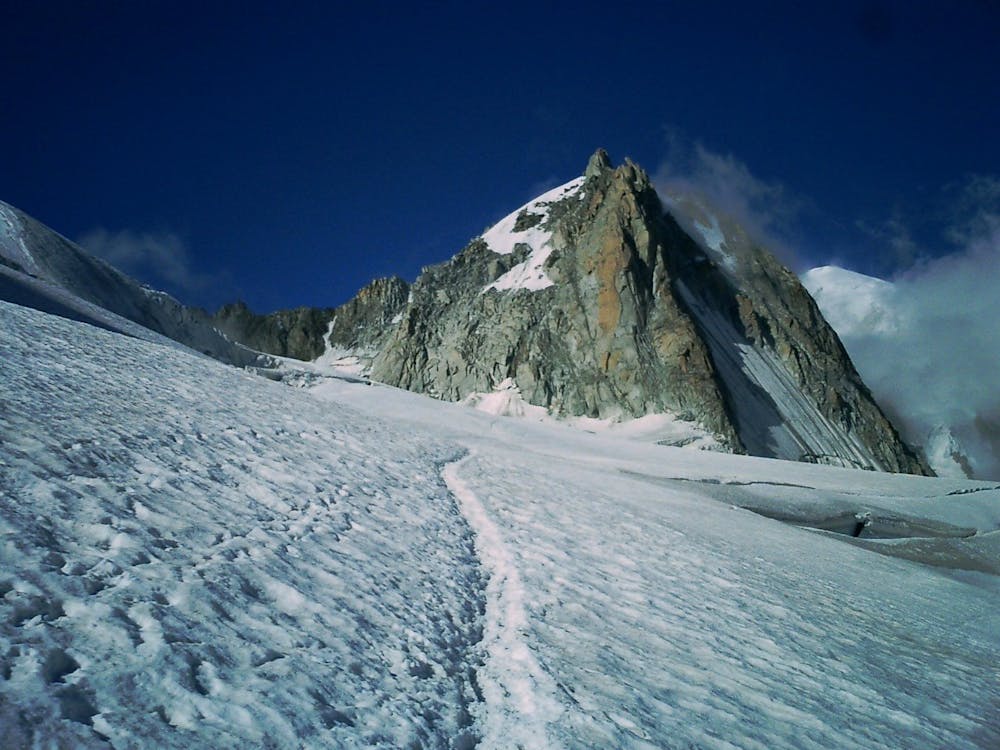
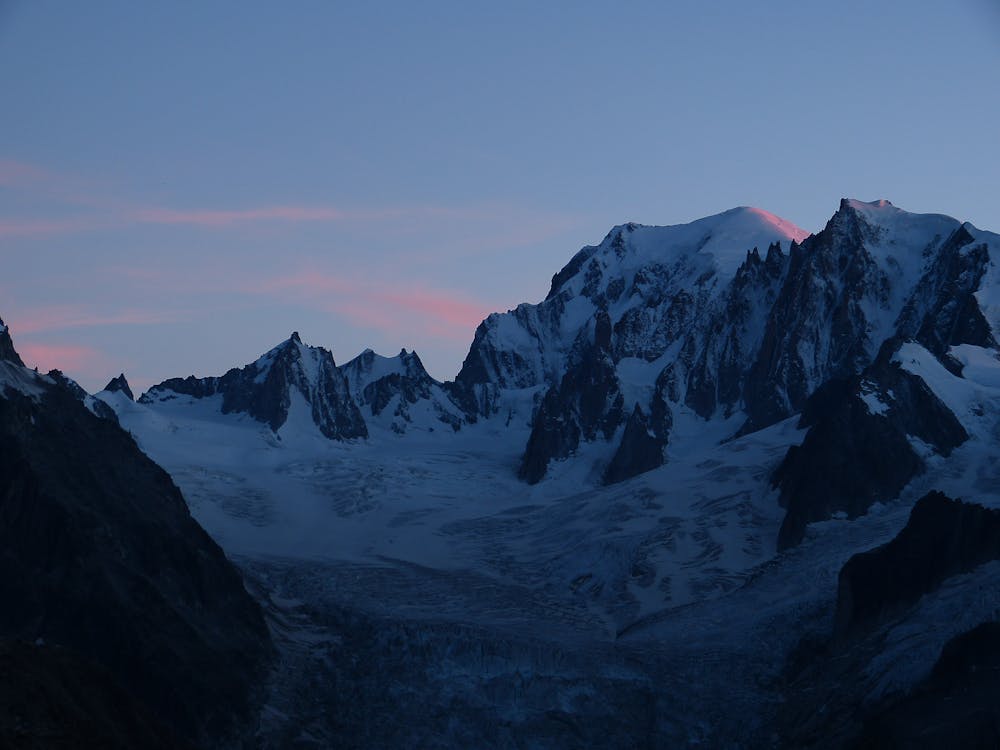
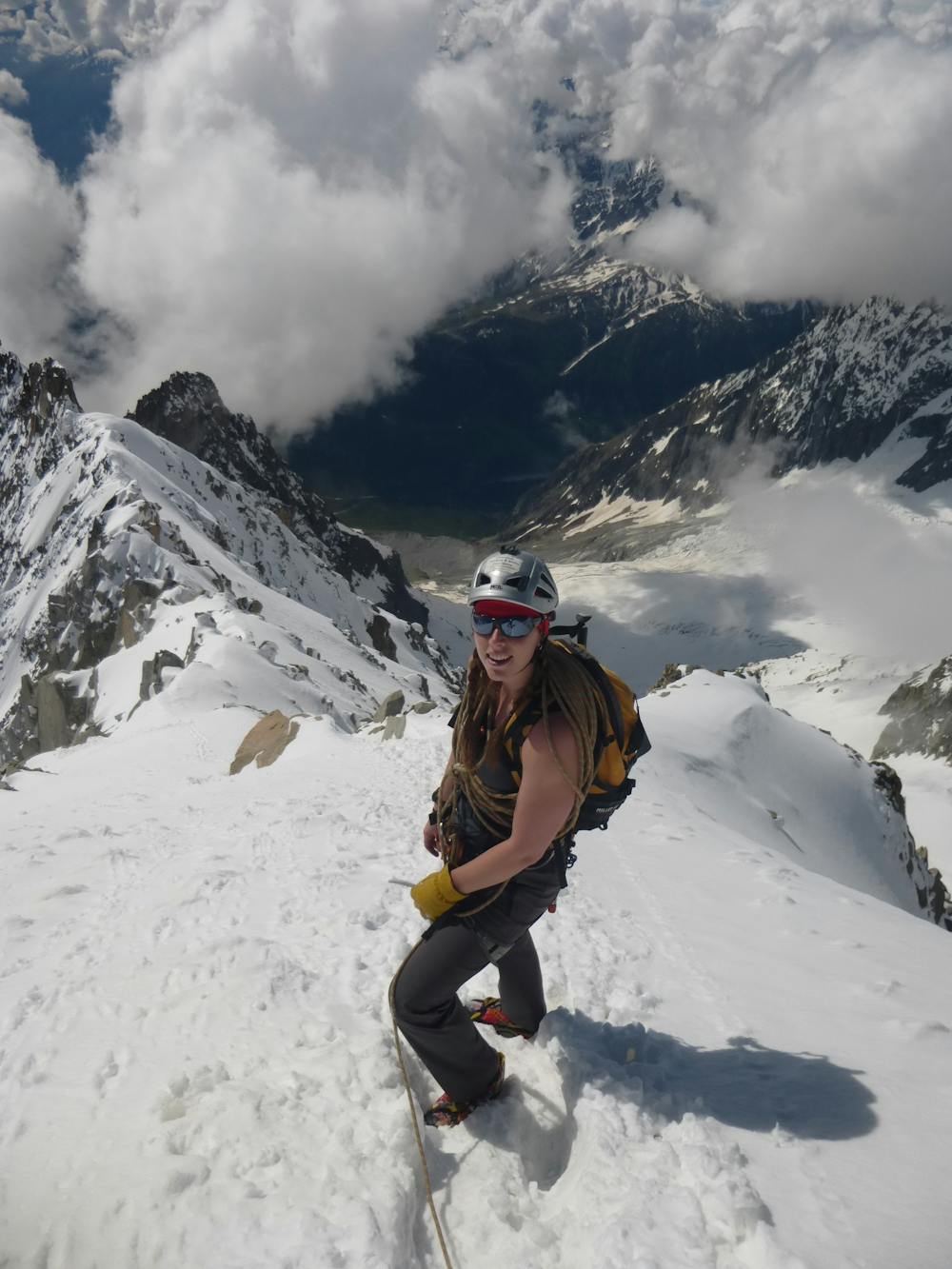

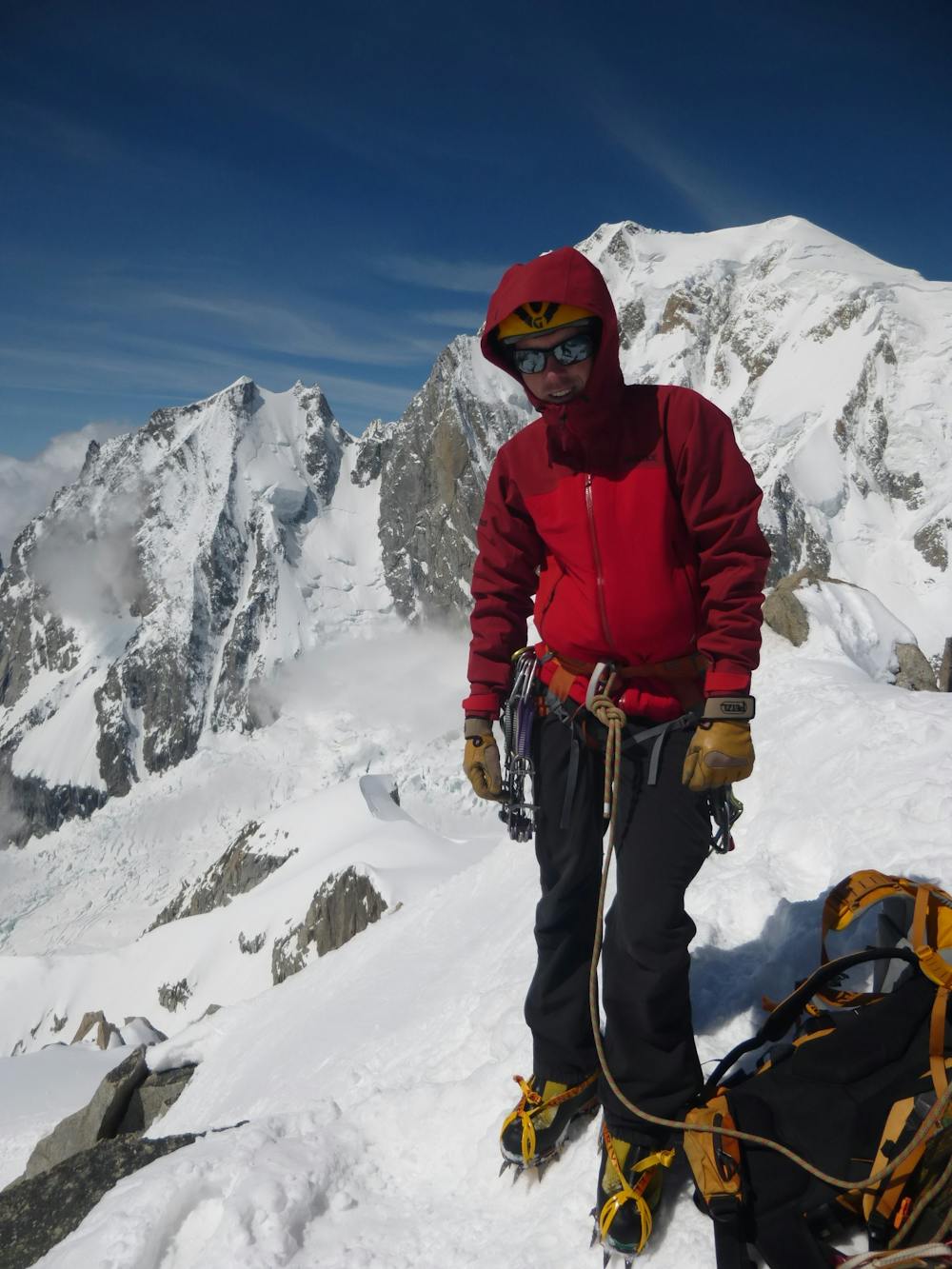
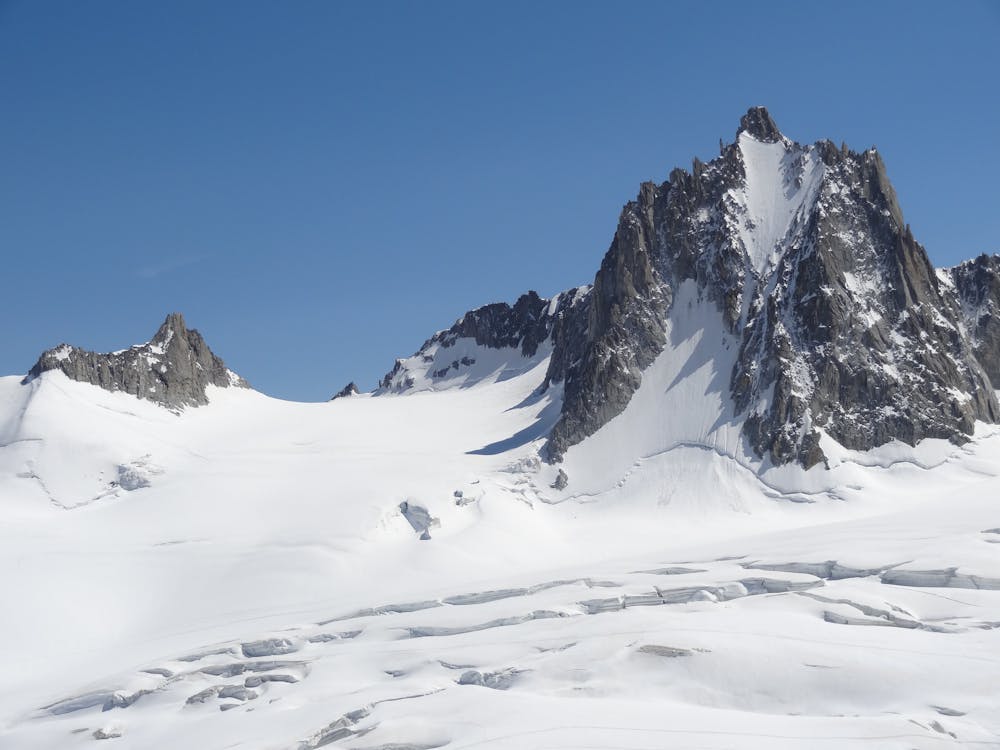
Severe
Steep, sustained and serious terrain on rock/ice. Routes will be long, exposed and possibly committing. D, D+

An amazingly exposed rocky ridge, but never too hard, with incredible views
Difficult Alpine Climbing
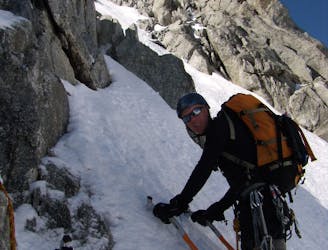
A great introduction to one of the more accessible N faces in the area.
Difficult Alpine Climbing
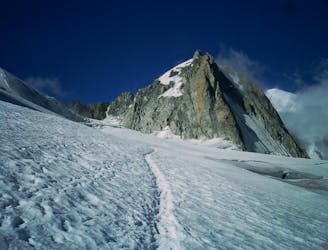
A relatively short route to a fantastic summit with breathtaking views of the S side of Mont Blanc
Moderate Alpine Climbing
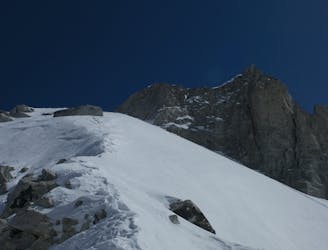
An aesthetic short traverse and a good introduction to steeper snow.
Difficult Alpine Climbing
1 m away
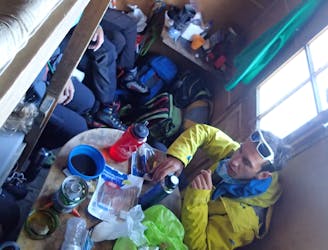
A long and very committing route of the highest calibre
Severe Alpine Climbing
54 m away
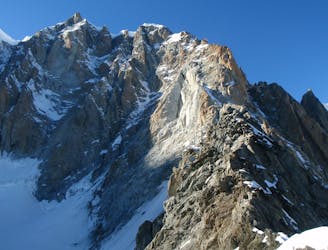
A memorable technical mountaineering route up one of the finest ridges of its standard in the Alps, the Frontier Ridge.
Severe Alpine Climbing
98 m away
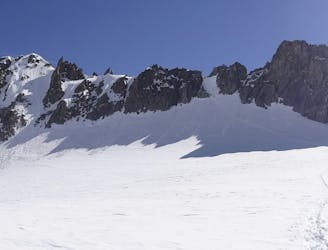
A great training route that can be done in either direction, easier N to S as described.
Moderate Alpine Climbing
105 m away

A popular and exposed route to a stunning granite spire, with epic views.
Difficult Alpine Climbing
3.5 km away
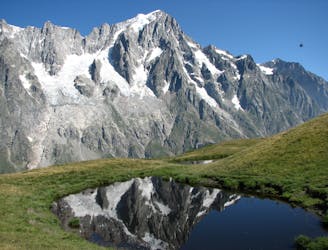
An unforgettable journey through complex terrain for the 4000m peak connoisseur
Difficult Alpine Climbing
4.1 km away
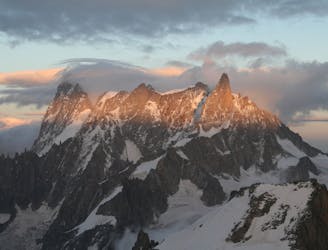
Committed now, you continue your sensational journey, space-walking along the historic ridge.
Severe Alpine Climbing
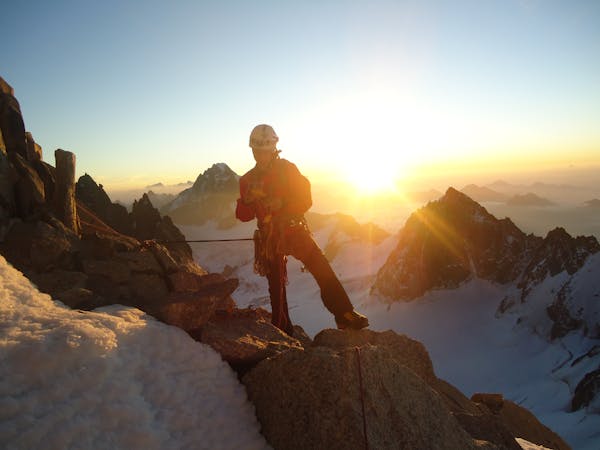
12 routes · Alpine Climbing · Hiking
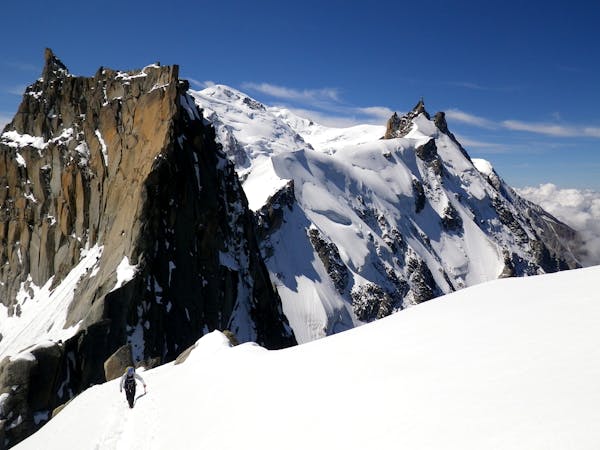
15 routes · Alpine Climbing · Hiking
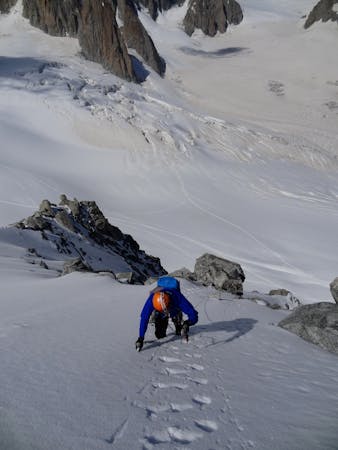
6 routes · Alpine Climbing · Hiking
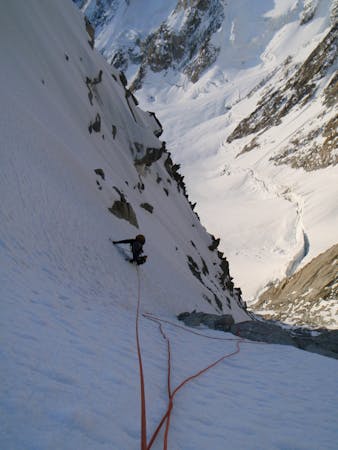
9 routes · Alpine Climbing · Hiking
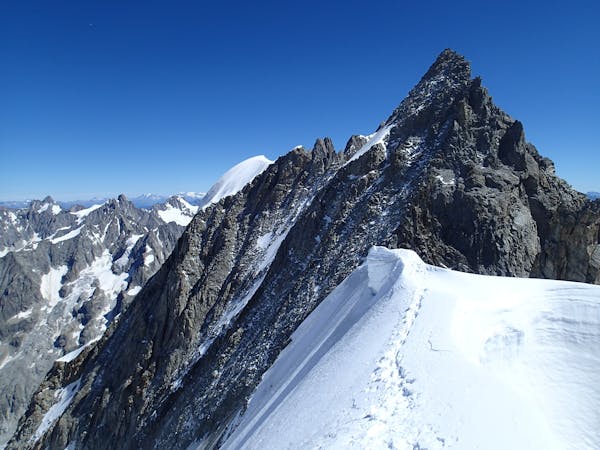
10 routes · Alpine Climbing · Hiking
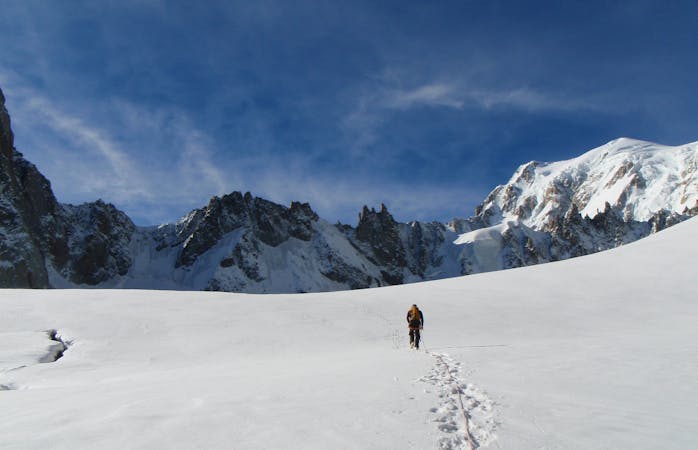
10 routes · Alpine Climbing